How to Communicate Eco-Friendliness in Copywriting
Selected Theme: How to Communicate Eco-Friendliness in Copywriting. Welcome to a practical, story-driven guide to making sustainability credible, specific, and inspiring—so your words protect trust, reduce confusion, and motivate meaningful, planet-friendly action. Share your favorite green copy examples and subscribe for fresh prompts.
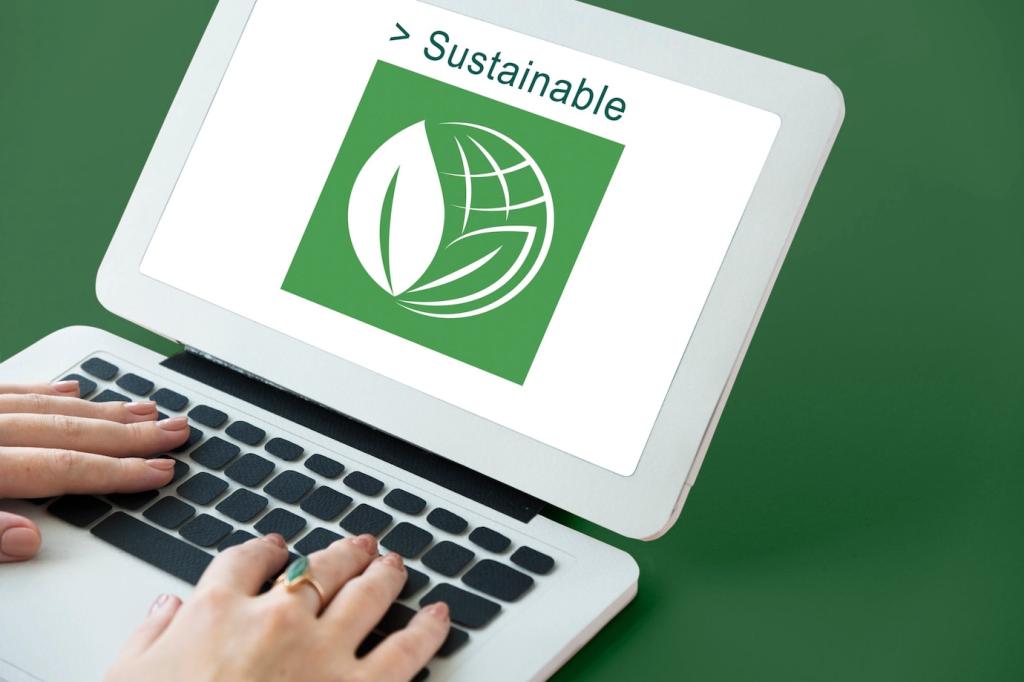
Precise Terms, Not Buzzwords
Replace airy phrases like “planet-safe” with concrete descriptions such as “recycled aluminum housing” or “biodegrades in industrial composting facilities.” Readers reward clarity, and algorithms do, too. Ask yourself: what, exactly, changed for the environment?

Evidence First: Data, Standards, and Proof
Back statements with third-party references where possible—FSC for paper sourcing, GOTS for textiles, ENERGY STAR for appliances, or ISO 14021 guidance on claims. Link to reports, name labs, and invite scrutiny to strengthen credibility.

Specificity Wins: Scope, Boundaries, and Limits
Define the claim’s scope: product, packaging, facility, or entire company. State baselines, dates, and exclusions plainly. When you disclose limits—like “packaging currently 80% recycled”—audiences trust you more and stay engaged longer.
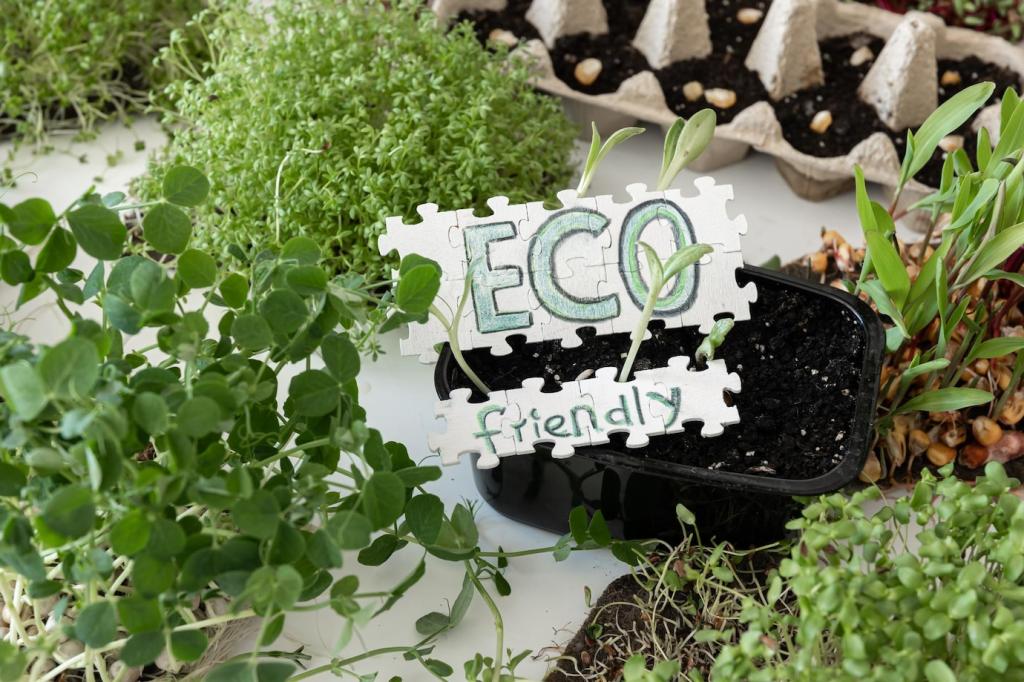
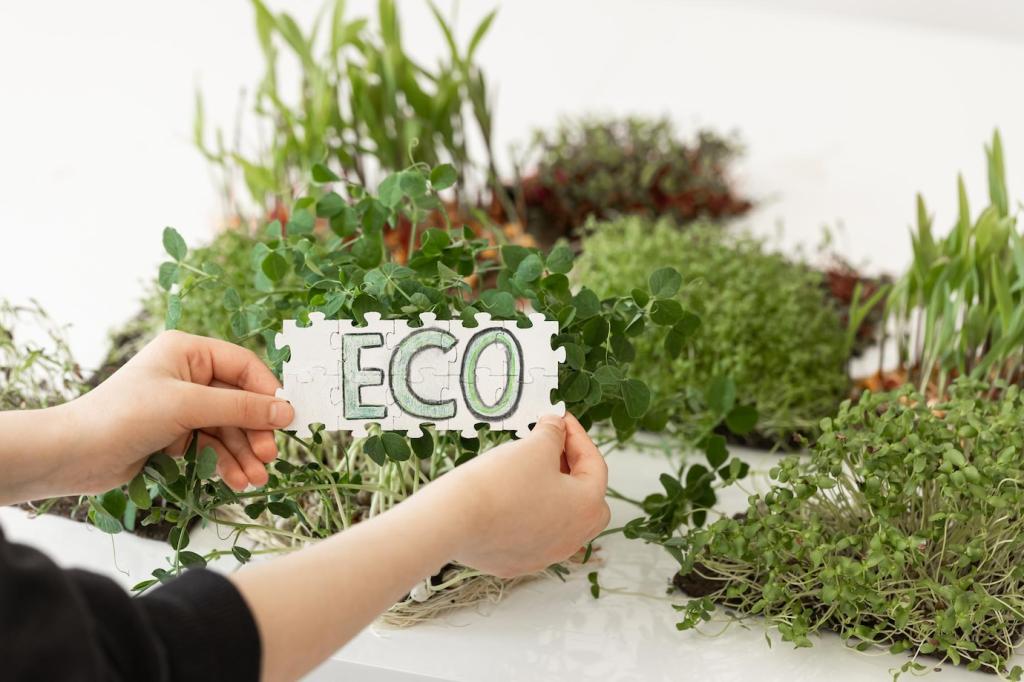
Shaping a Sustainable Brand Voice
Translate commitments into consistent language principles: prioritize transparency, human-scale benefits, and community impact. For instance, promise “fewer materials, more repair” and mirror that promise in product pages, onboarding, and post-purchase messages.
Shaping a Sustainable Brand Voice
Avoid guilt or moralizing; invite participation. Pair challenges with solutions: “We still ship by air for perishables; here’s how we’re piloting rail.” Hope plus humility creates belonging and reduces defensiveness around sustainable choices.

Storytelling That Grounds Sustainability
Tell how decisions were made: who advocated for recycled fibers, what trade-offs were considered, and why timelines shifted. Include dates, partners, and learnings to turn a nice tale into a traceable journey readers respect.
UX Writing That Nudges Greener Choices

Make the Green Option the Easy Option
Surface eco-friendlier choices without friction: pre-select consolidated shipping, highlight refills, and clarify end-of-life steps. Plain microcopy reduces decision fatigue and turns intent into action without shaming or pressure.
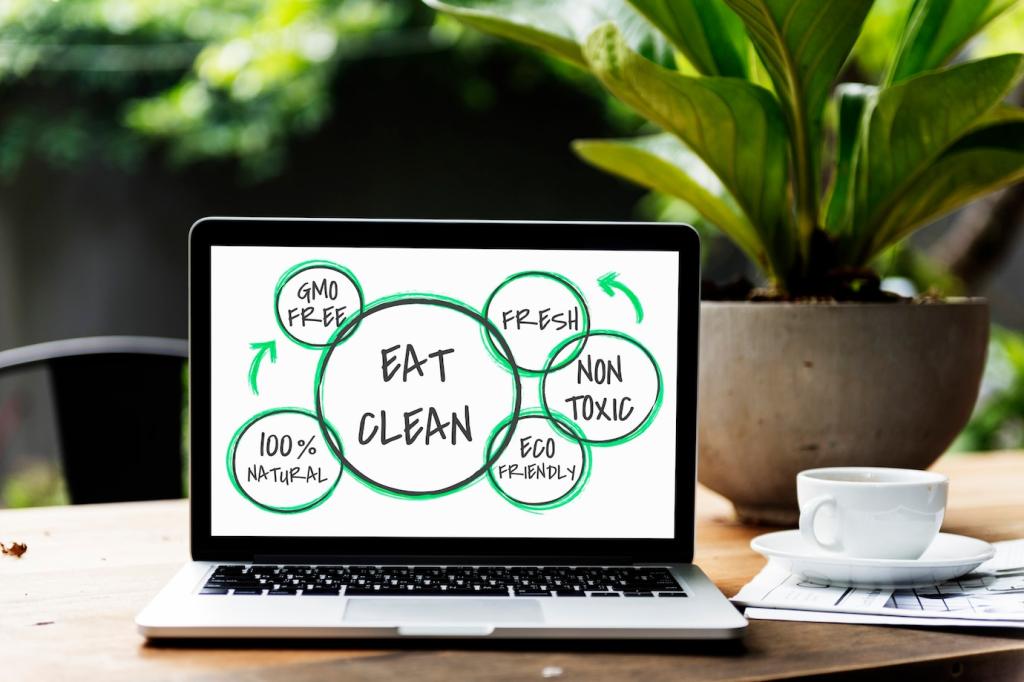
Transparent Trade-Offs in Interfaces
Show the why: “Batching orders reduces emissions by combining deliveries.” Use tooltips, comparison tables, and icons to communicate carbon, water, or waste differences. Transparency builds confidence in every tap and click.
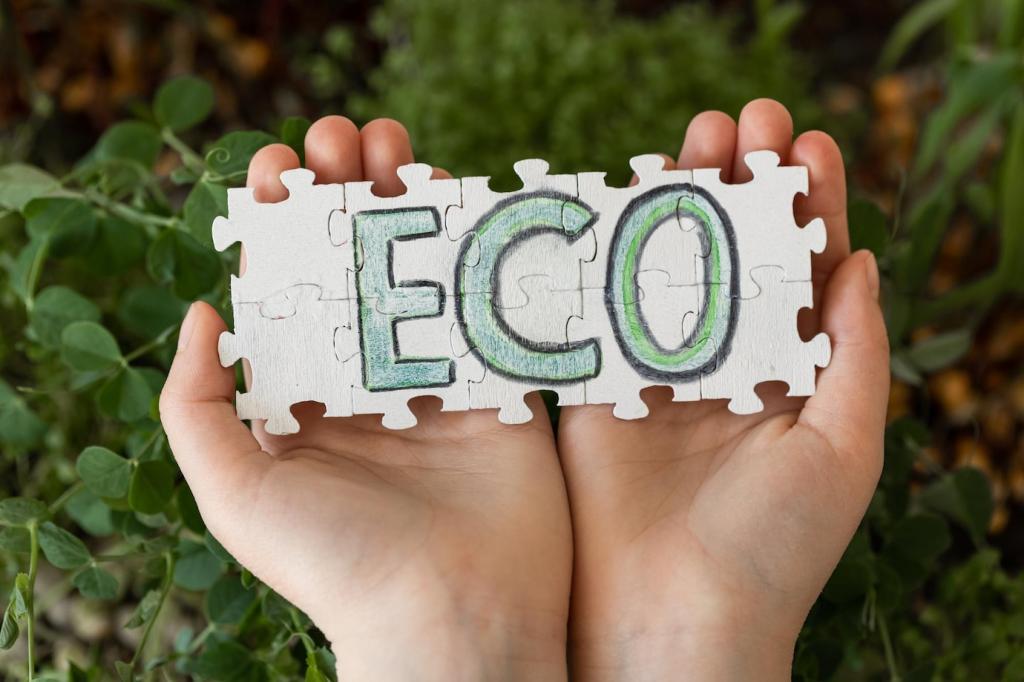
Inclusive Icons, Labels, and Accessibility
Use recognizable badges like FSC or Fairtrade plus alt text for screen readers. Avoid color-only signals; pair symbols and words. Inclusive eco-copy invites everyone to participate, regardless of ability or device.
Communicating Impact With Numbers

Choose relevant indicators: emissions per unit, water saved, recycled content, or repair rate. Phrase clearly: “Uses 42% less water than our 2020 model,” instead of “more sustainable.” Always include timeframe and baseline.
Compliance, Ethics, and Lasting Trust
Familiarize yourself with the FTC Green Guides, ASA guidance, and local advertising standards. Build a reference sheet for your team and update it regularly as definitions and enforcement practices evolve.
Compliance, Ethics, and Lasting Trust
Differentiate process claims, product claims, and company-wide commitments. Ask: is this reduction absolute or intensity-based? Clear definitions upstream prevent confusing copy and reduce legal and reputational risk downstream.
